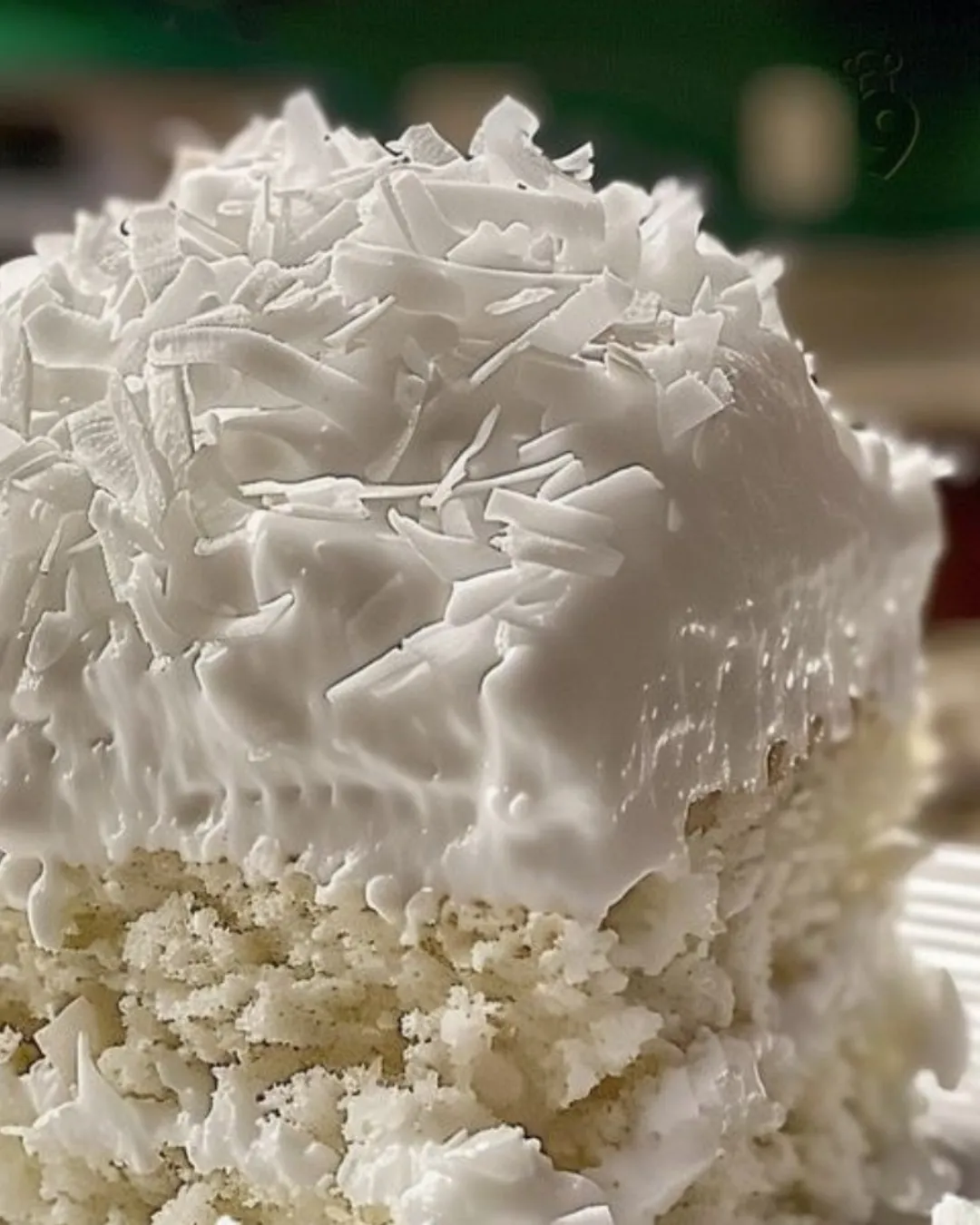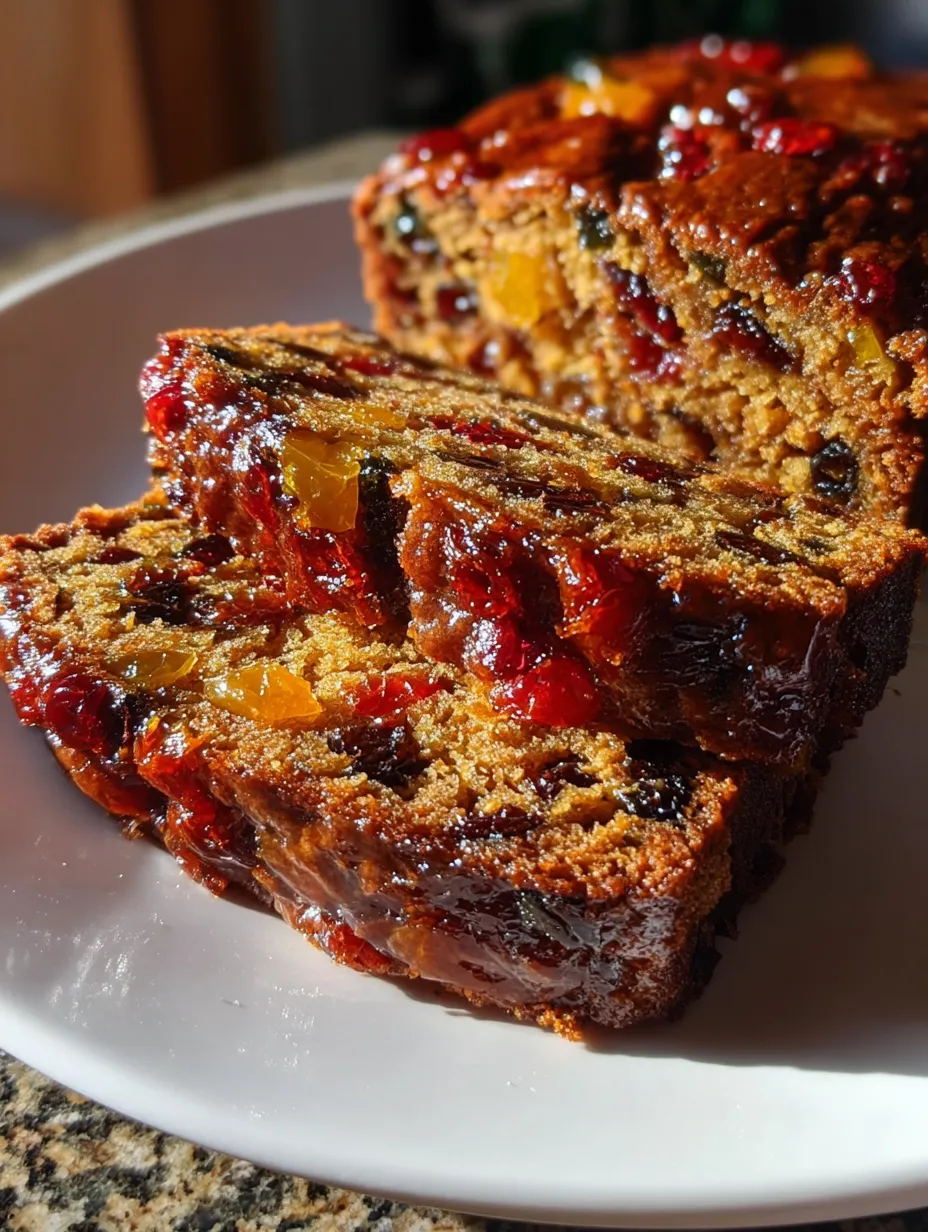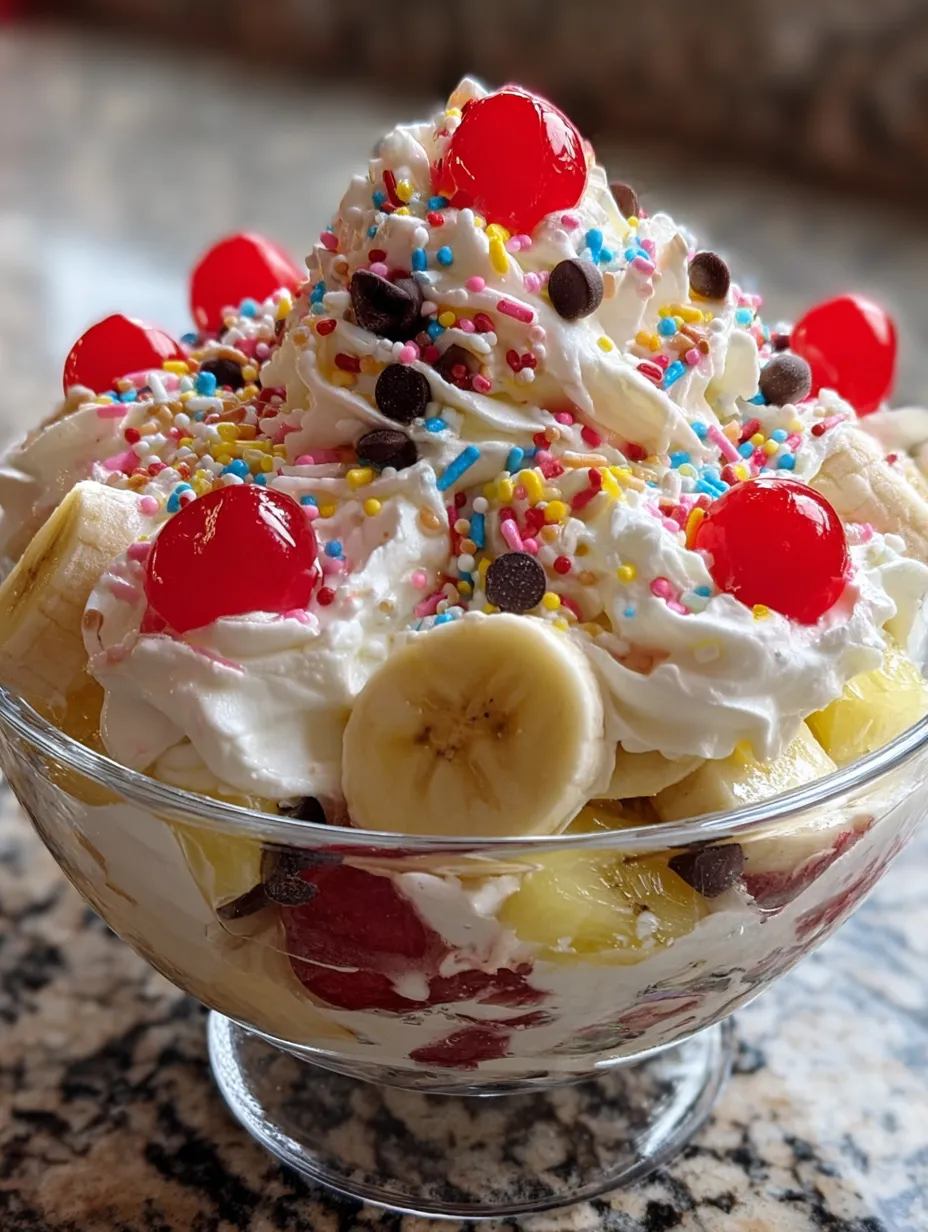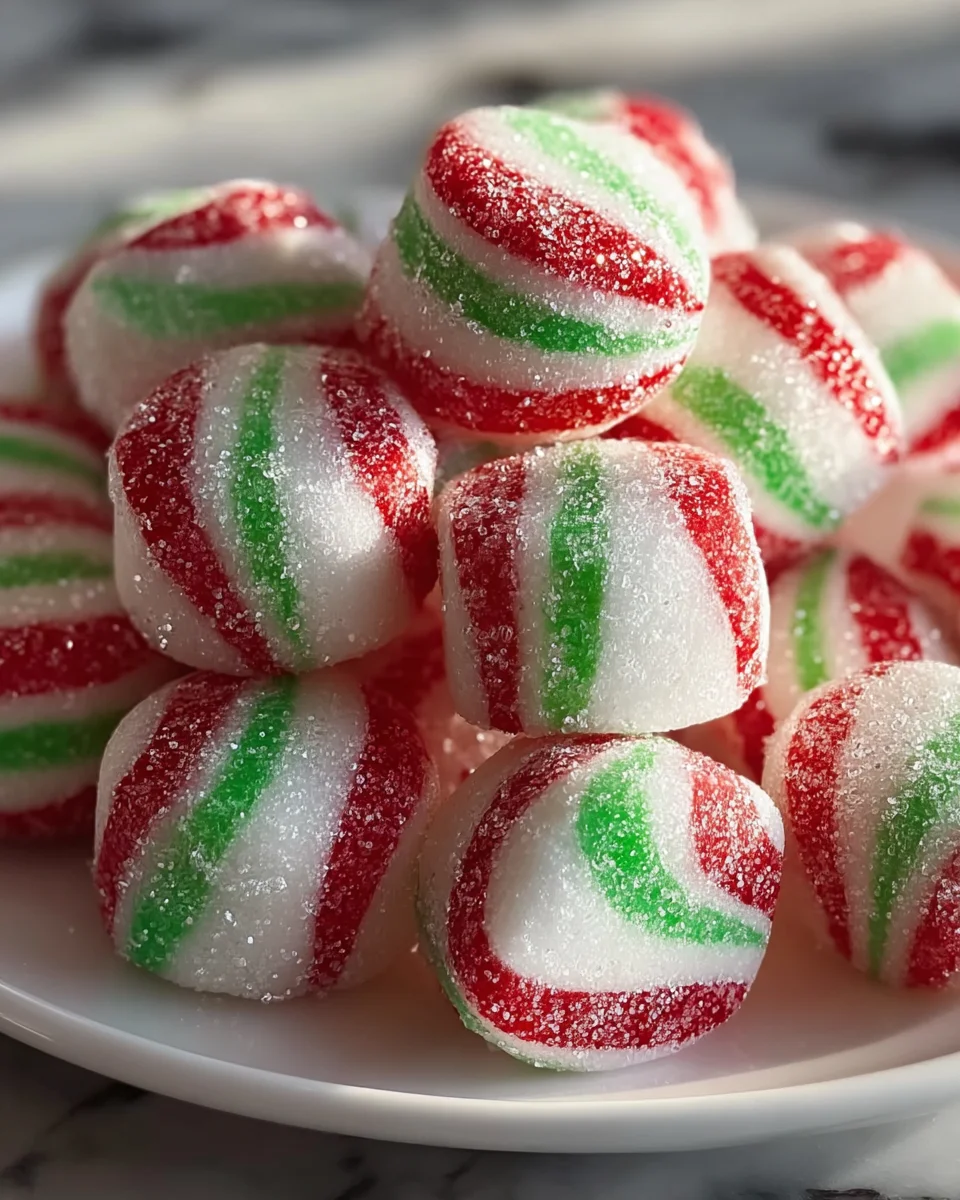There’s something irresistible about coconut desserts—they’re tropical, aromatic, and oh-so-indulgent. Among them, creamy coconut cake stands out as a true crowd-pleaser. Imagine biting into a soft, fluffy sponge, soaked with sweet condensed milk, topped with airy whipped cream, and finished with crunchy toasted coconut flakes. It’s a cake that delivers layers of texture and flavor in every slice.
Unlike heavy chocolate cakes or overly sweet frostings, this coconut cake strikes the perfect balance. It’s light yet rich, comforting yet exotic. Each bite feels like a trip to a tropical island, where the sun is shining, palm trees sway, and dessert feels like a little escape.
What makes this cake truly special is how versatile it is. Serve it at a family dinner, bring it to a celebration, or enjoy it as a weekend treat—this cake always fits the occasion. It’s simple to prepare, yet elegant enough to impress guests. One slice, and you’ll understand why coconut desserts never go out of style.
The Tropical Allure of Coconut in Baking
Coconut isn’t just an ingredient—it’s an experience. Its unique flavor brings warmth and richness, instantly reminding us of tropical beaches and sunny getaways. In baking, coconut works like magic because it adds both moisture and depth.
- Coconut milk infuses cakes with a creamy richness, ensuring they stay moist even days after baking.
- Shredded coconut adds chewiness and a nutty sweetness, giving the cake extra texture.
- Toasted coconut flakes elevate the flavor with a slightly caramelized crunch that contrasts beautifully with soft cake layers.
The beauty of coconut is its versatility. It pairs seamlessly with fruits like pineapple, mango, and banana, yet also complements flavors like chocolate, vanilla, and coffee. This makes coconut cakes adaptable for both classic recipes and adventurous twists.
In essence, baking with coconut transforms a simple dessert into something luxurious and unforgettable.
Why Choose a Creamy Coconut Cake Over Other Desserts?
When it comes to choosing dessert, creamy coconut cake has an undeniable charm. But what sets it apart from other cakes and sweets?
- Moist and Rich Texture – Thanks to coconut milk and condensed milk, the cake stays tender and creamy, with every bite melting in your mouth.
- Balanced Sweetness – Unlike heavy frostings, the whipped topping is light and fluffy, allowing the natural sweetness of coconut to shine.
- Universal Appeal – Coconut desserts have fans worldwide, making this cake a safe yet exciting choice for any gathering.
- Versatile Occasion Cake – Whether it’s a birthday, a holiday, or a casual weekend, this cake feels special but not overly complicated.
- A Dessert with Personality – While vanilla or chocolate cakes are delicious, coconut brings an exotic twist that makes the cake memorable.
Choosing creamy coconut cake is choosing a dessert that’s comforting yet adventurous, familiar yet tropical.
Ingredient Breakdown: What Each Component Does

To appreciate this cake, let’s break down the ingredients and their roles in creating the perfect bite:
- 2 cups all-purpose flour – Provides structure and softness.
- 1 cup granulated sugar – Sweetens and helps with browning.
- 1/2 cup unsalted butter, softened – Adds richness and tender texture.
- 1 cup coconut milk – Moisture and creamy coconut flavor.
- 3/4 cup sweetened shredded coconut – Chewy texture and extra sweetness.
- 1 teaspoon baking powder & 1/2 teaspoon baking soda – The rising agents that make the cake fluffy.
- 1/4 teaspoon salt – Enhances all flavors and balances sweetness.
- 3 large eggs – Bind the ingredients and give structure.
- 1 can (14 oz) sweetened condensed milk – Poured over the cake to soak in, creating a luscious creamy interior.
- 1 cup whipped topping – Light, airy frosting that balances richness.
- 1/2 cup toasted coconut flakes – Garnish with crunch and aroma.
Each ingredient plays its part, ensuring the cake is moist, flavorful, and indulgent.
Step-by-Step Recipe Instructions
Making this creamy coconut cake is simple yet rewarding. Here’s how to do it:
Step 1: Preparing the Batter (⏱️ 15 minutes)

- Preheat the oven to 350°F (175°C) and grease a 9×13-inch baking pan.
- Cream butter and sugar until light and fluffy. Add eggs one at a time, mixing well after each addition.
- Stir in coconut milk and shredded coconut.
- In another bowl, whisk flour, baking powder, baking soda, and salt. Gradually add to wet mixture.
Step 2: Baking the Cake (⏱️ 25–30 minutes)
- Pour the batter into the prepared pan and smooth the top.
- Bake for 25–30 minutes, or until a toothpick comes out clean.
Step 3: Infusing with Condensed Milk (⏱️ 10 minutes)
- Cool the cake slightly, then poke holes with a fork.
- Pour sweetened condensed milk over the cake, letting it soak in.
Step 4: Topping with Whipped Cream and Toasted Coconut (⏱️ 10 minutes)
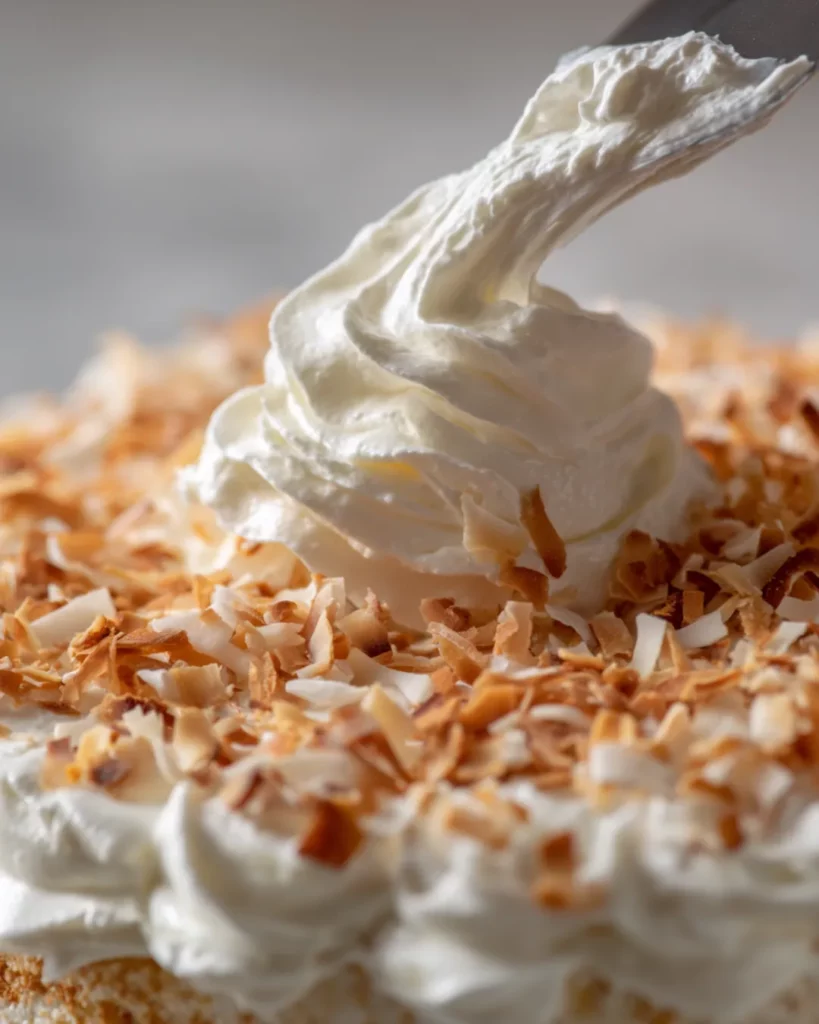
- Spread whipped topping evenly over the cake.
- Garnish with toasted coconut flakes for extra flavor and crunch.
Step 5: Chilling and Serving (⏱️ 1 hour)
- Refrigerate for at least 1 hour before slicing.
- Serve cold for the best flavor and texture.
This process transforms a simple sponge into a dreamy, creamy coconut creation.
Tips for the Perfect Creamy Coconut Cake
Making a great coconut cake isn’t just about following the recipe—it’s about knowing the little tricks that make it unforgettable. Here are some tips to elevate your baking game:
- Use Full-Fat Coconut Milk
Light versions don’t bring the same creaminess. Full-fat coconut milk gives the cake its rich, moist texture. - Toast the Coconut Flakes Properly
Toast them in a dry skillet or oven until golden brown. This not only intensifies flavor but also adds a beautiful garnish. - Don’t Skip the Condensed Milk Soak
Pouring condensed milk over the baked cake is what makes it extra creamy. Letting it seep in ensures every bite is indulgent. - Chill Before Serving
Refrigeration allows the cake to firm up and flavors to meld. Cold coconut cake tastes fresher and more tropical. - Whipped Topping Choices
You can use homemade whipped cream, but stabilize it with a little powdered sugar so it holds shape longer. - Add Flavors
For a twist, mix in a dash of vanilla or almond extract into the batter. Almond pairs wonderfully with coconut.
By following these tips, your cake will turn out soft, flavorful, and bakery-worthy.
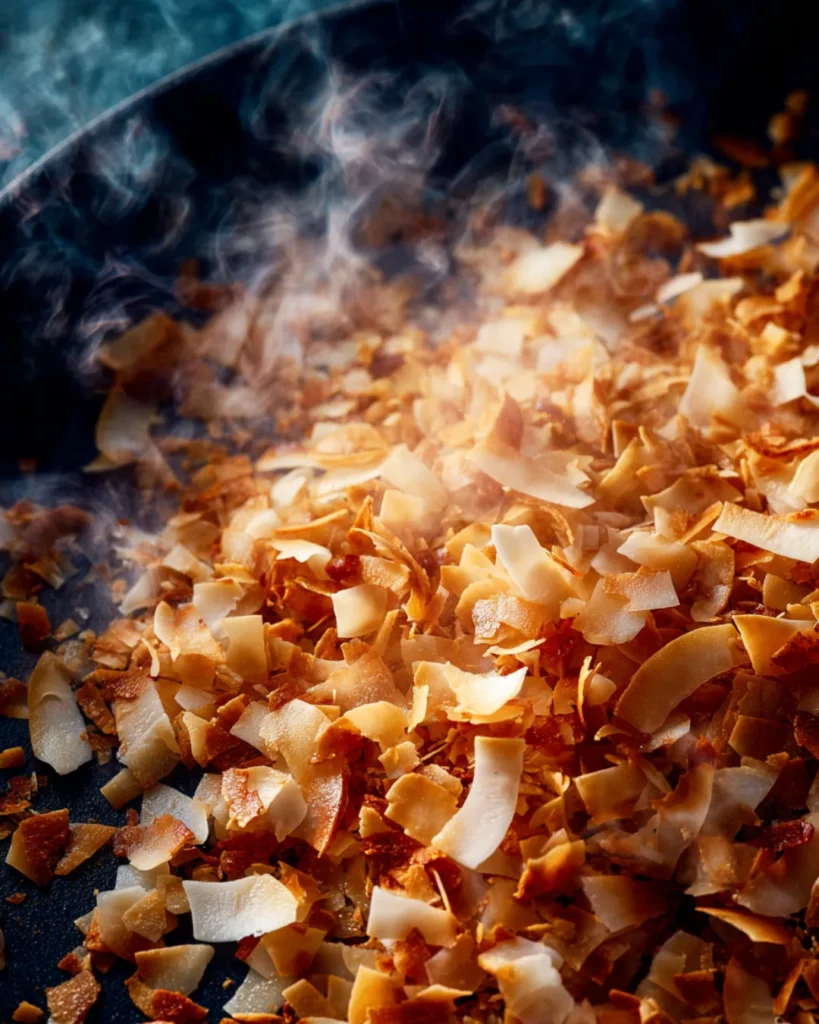
Variations to Try
The classic creamy coconut cake is heavenly, but why stop there? Here are some creative variations:
Pineapple Coconut Cake
Add crushed pineapple to the batter or use pineapple juice instead of part of the coconut milk. The tropical duo creates a piña colada vibe.
Chocolate Coconut Cake
Replace ½ cup of flour with cocoa powder for a rich, chocolatey twist. Pair with coconut whipped cream for a decadent treat.
Coconut Cream Poke Cake
Instead of condensed milk, pour coconut cream or coconut pudding into the holes for an ultra-creamy texture.
Vegan Coconut Cake
Swap eggs with flaxseed or applesauce, use plant-based butter, and replace condensed milk with coconut condensed milk. The result? Just as moist and indulgent!
Coconut Rum Cake
Add a splash of coconut rum to the batter for a boozy twist—perfect for adult celebrations.
These variations allow you to adapt the cake for different occasions, tastes, and dietary needs.
Serving Ideas for Coconut Cake
While this cake is delicious on its own, creative serving makes it even more memorable. Here are some ideas:
- Classic Slice – Serve cold with coffee or tea for a tropical afternoon treat.
- With Fresh Fruit – Pair with mango slices, pineapple chunks, or berries for a refreshing contrast.
- Layered Dessert – Cut into cubes and layer with whipped cream and fruit in a trifle bowl.
- Tropical Sundae – Top with a scoop of coconut or vanilla ice cream and drizzle with caramel sauce.
- Celebration Cake – Dress it up with edible flowers, chocolate shavings, or fruit glaze for parties.
This cake adapts beautifully, making it a versatile dessert for casual or elegant settings.
Storage Tips to Keep It Fresh
Homemade coconut cake can last for days if stored properly. Here’s how to keep it fresh:
- Refrigeration
Because of the whipped topping and condensed milk, this cake must be refrigerated. Store in an airtight container for up to 5 days. - Freezing
You can freeze the cake (without whipped topping) for up to 2 months. Wrap tightly in plastic wrap and foil. Add topping and coconut flakes after thawing. - Serving from Storage
Always serve the cake cold for best flavor. If frozen, thaw overnight in the fridge before topping and serving.
Proper storage ensures your coconut cake tastes as delicious on day three as it did on day one.
Nutritional Breakdown of Creamy Coconut Cake
Here’s an approximate nutritional profile per slice (serving size: 1/12 of the cake):
| Nutrient | Amount per Serving |
|---|---|
| Calories | ~380 kcal |
| Carbohydrates | 46g |
| Protein | 5g |
| Fat | 18g |
| Saturated Fat | 11g |
| Fiber | 2g |
| Sugar | 32g |
| Sodium | 220mg |
| Calcium | 90mg |
| Iron | 1.5mg |
Nutritional Highlights:
- Coconut provides healthy fats and dietary fiber.
- Eggs offer protein and essential vitamins.
- Condensed milk adds calcium and energy.
While indulgent, creamy coconut cake also provides nutritional benefits from natural ingredients.
The History of Coconut Cakes

Coconut cakes have a long and fascinating history, rooted in both tradition and tropical abundance. Coconut itself has been used in desserts for centuries, especially in regions where it grows naturally—Asia, the Caribbean, and the Pacific Islands.
In the Southern United States, coconut cake became a holiday staple in the 19th century. Because coconuts were imported and expensive, serving a coconut cake was seen as a sign of celebration and hospitality. Southern bakers often layered sponge cakes with coconut custard or frosting, creating a dessert that became legendary at Christmas dinners and weddings.
In the Caribbean, coconut cakes take on different forms—sometimes dense and sticky, sometimes fluffy and light, often infused with rum. In Asia, coconut appears in steamed cakes, puddings, and custards, showing just how versatile this tropical fruit can be.
The creamy coconut cake we know today is a fusion of these traditions—Southern-style sponge cake, tropical coconut milk, and modern whipped toppings. Each slice carries a little history of celebration, luxury, and tropical flair.
Pairing Creamy Coconut Cake with Other Desserts and Drinks

This cake is versatile enough to stand alone, but pairing it with complementary treats makes it unforgettable.
Dessert Pairings
- Pineapple Sorbet – The tanginess balances the richness of the cake.
- Chocolate Mousse – Decadent chocolate contrasts beautifully with creamy coconut.
- Fruit Salad – A refreshing side of mango, papaya, and kiwi enhances tropical vibes.
- Lemon Bars – The tart lemon flavor cuts through the sweetness.
Drink Pairings
- Coffee or Espresso – The bold bitterness balances the cake’s sweetness.
- Coconut Latte – Double up on coconut for a cozy, tropical pairing.
- Sparkling Wine or Champagne – Light bubbles complement the creamy texture.
- Piña Colada – For a true tropical escape, pair your cake with this classic cocktail.
Pairings turn a simple serving into a luxury dessert experience.
Fun Facts About Coconut and Baking
Here are some delightful tidbits about coconut that make your cake even more interesting:
- Coconuts are technically drupes (stone fruits), not nuts.
- The coconut tree is called the “tree of life” in many cultures because nearly every part is useful—milk, meat, husk, and shell.
- In the 1800s, coconuts were considered exotic and expensive in Europe and America, making coconut cakes a status symbol.
- Toasting coconut caramelizes its natural sugars, giving it a nutty, candy-like flavor.
- National Coconut Day is celebrated on June 26th in the U.S.—a perfect excuse to bake this cake!
These fun facts give a new appreciation for the tropical ingredient that makes this dessert shine.
Common Mistakes to Avoid When Making Coconut Cake

Even seasoned bakers can slip up when making coconut cake. Avoid these pitfalls for the best results:
- Using Low-Fat Coconut Milk – This results in a dry cake. Always use full-fat for maximum richness.
- Skipping the Condensed Milk Soak – Without it, the cake won’t be as creamy or indulgent.
- Overmixing the Batter – This can make the cake tough. Mix just until combined.
- Not Toasting the Garnish – Untoasted coconut flakes can taste bland compared to the caramelized crunch of toasted ones.
- Serving Too Soon – The cake needs at least an hour in the fridge for flavors to meld. Serving it warm reduces its creamy impact.
Avoid these mistakes, and your coconut cake will come out perfectly moist, flavorful, and crowd-pleasing.
Conclusion: Why This Cake Belongs at Your Table
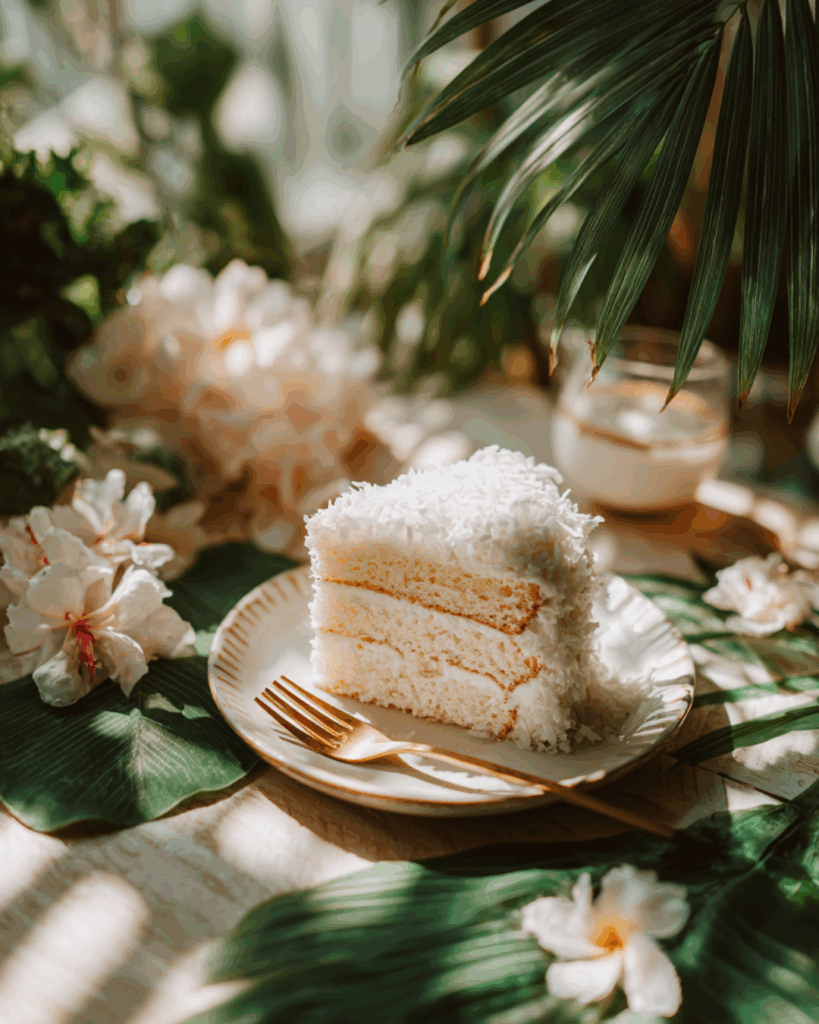
Creamy coconut cake isn’t just dessert—it’s an experience of comfort and tropical indulgence. With its moist sponge, creamy condensed milk soak, fluffy whipped topping, and crunchy toasted coconut garnish, it offers a balance of textures and flavors that few cakes can rival.
It’s perfect for family dinners, festive celebrations, or those times when you crave a slice of paradise. Easy enough for beginners yet elegant enough for special occasions, this cake has a way of making every gathering sweeter.
So next time you want a dessert that’s both classic and exotic, simple yet luxurious, reach for this recipe. A single slice will transport you straight to a tropical escape.
FAQs
1. Can I make creamy coconut cake ahead of time?
Yes! In fact, it tastes better when chilled overnight, as the flavors meld and the condensed milk fully soaks in.
2. Can I use fresh coconut instead of shredded?
Absolutely. Freshly grated coconut adds extra aroma and flavor, though it takes more effort.
3. Can I make this cake gluten-free?
Yes, substitute the all-purpose flour with a gluten-free flour blend. The texture will remain soft and moist.
4. How can I make this cake less sweet?
Reduce the sugar in the batter or use unsweetened shredded coconut. You can also swap condensed milk with coconut cream.
5. What’s the best way to toast coconut flakes?
Spread them evenly on a baking sheet and bake at 325°F (160°C) for 5–7 minutes, stirring occasionally until golden.

Creamy Coconut Cake
- Prep Time: 20 minutes
- Cook Time: 30 minutes
- Total Time: 2 hours 5 minutes
- Category: Dessert
Description
A dreamy coconut delight that’s soft, moist, and loaded with tropical flavors! Perfect for family gatherings, celebrations, or when you just want a slice of paradise. 🌴🍰✨
Ingredients
2 cups all-purpose flour
1 cup granulated sugar
1/2 cup unsalted butter, softened
1 cup coconut milk
3/4 cup sweetened shredded coconut
1 teaspoon baking powder
1/2 teaspoon baking soda
1/4 teaspoon salt
3 large eggs
1 can (14 oz) sweetened condensed milk
1 cup whipped topping
1/2 cup toasted coconut flakes (for garnish)
Instructions
Preheat Oven – Preheat oven to 350°F (175°C). Grease a 9×13-inch baking pan. (⏱️ 5 minutes)
Cream Butter & Sugar – In a bowl, cream butter and sugar until light and fluffy. (⏱️ 5 minutes)
Add Eggs – Beat in eggs one at a time, mixing well after each. (⏱️ 3 minutes)
Add Coconut Milk & Coconut – Stir in coconut milk and shredded coconut until well combined. (⏱️ 2 minutes)
Mix Dry Ingredients – In another bowl, whisk together flour, baking powder, baking soda, and salt. Gradually add to wet mixture. (⏱️ 5 minutes)
Prepare Batter – Pour batter into prepared pan and smooth the top. (⏱️ 2 minutes)
Bake – Bake for 25–30 minutes, or until a toothpick inserted in the center comes out clean. (⏱️ 30 minutes)
Soak with Condensed Milk – Cool slightly, poke holes with a fork, and pour sweetened condensed milk over the cake. Let it soak in. (⏱️ 10 minutes)
Top & Garnish – Spread whipped topping evenly over the cake and sprinkle toasted coconut flakes on top. (⏱️ 5 minutes)
Chill & Serve – Refrigerate for at least 1 hour before serving for the best flavor. (⏱️ 1 hour)
Notes
Cooling & Assembly: 1 hour 15 minutes
Nutrition
- Serving Size: 12 slices
- Calories: 380 kcal

